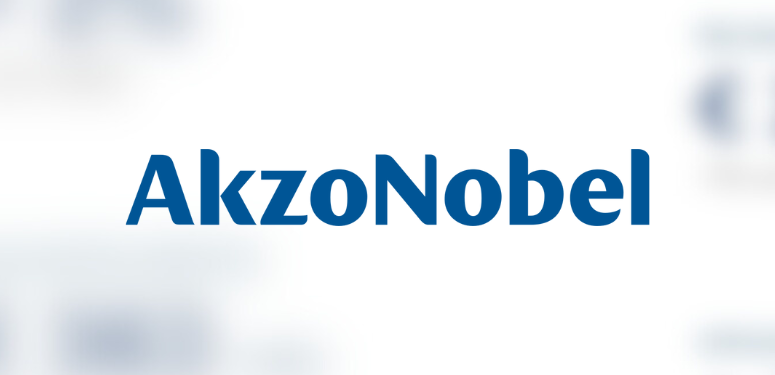By CRM Staff
Toronto, Ontario — May 10, 2018 — General Motors (GM) is using new, advanced software design technology to introduce the next generation of vehicle lightweighting. The technology is key to developing efficient and lighter alternative propulsion and zero emission vehicles.
According to GM, it is the first automaker in North America to use new generative design software technology from Bay Area-based software company, Autodesk. It uses cloud computing and AI-based algorithms to rapidly explore multiple permutations of a part design, generating hundreds of high-performance, often organic-looking geometric design options based on goals and parameters set by the user, such as weight, strength, material choice and fabrication method. The user then determines the best part design option.
“This disruptive technology provides tremendous advancements in how we can design and develop components for our future vehicles to make them lighter and more efficient, says GM vice president Ken Kelzer, Global Vehicle Components and Subsystems. “When we pair the design technology with manufacturing advancements such as 3D printing, our approach to vehicle development is completely transformed and is fundamentally different to co-create with the computer in ways we simply couldn’t have imagined before.”
GM’s new design technology provides significantly more vehicle mass reduction and parts consolidation opportunities that cannot be achieved through traditional design optimization methods.
GM is utilizing the innovative technology on future product designs. GM and Autodesk engineers have applied this new technology to produce a proof-of-concept part – a seat bracket – that is 40 percent lighter and 20 percent stronger than the original part. It also consolidates eight different components into one 3D-printed part.
As part of a multi-year alliance focused on innovation, GM and Autodesk will collaborate on projects involving generative design, additive manufacturing and materials science. Executives and engineers from the two companies will participate in a series of onsite engagements to exchange ideas, findings and expertise. GM also has on-demand access to Autodesk’s full portfolio of software and technical specialists.
“Generative design is the future of manufacturing, and GM is a pioneer in using it to lightweight their future vehicles,” says Scott Reese, Autodesk senior vice president for manufacturing and construction products. “Generative technologies fundamentally change how engineering work is done because the manufacturing process is built into design options from the start. GM engineers will be able to explore hundreds of ready-to-manufacture, high-performance design options faster than they were able to validate a single design the old way.”
Since 2016, GM has launched fourteen new vehicle models with a total mass reduction of more than 2267 kg, or more than 158 kg per vehicle. According to GM, most of the weight reduction is a result of material and technology advancements. Of those models, more than half of the vehicles shed 135 kg or more including the all-new 2019 Chevrolet Silverado, which reduced mass by up to 200 kg.





































